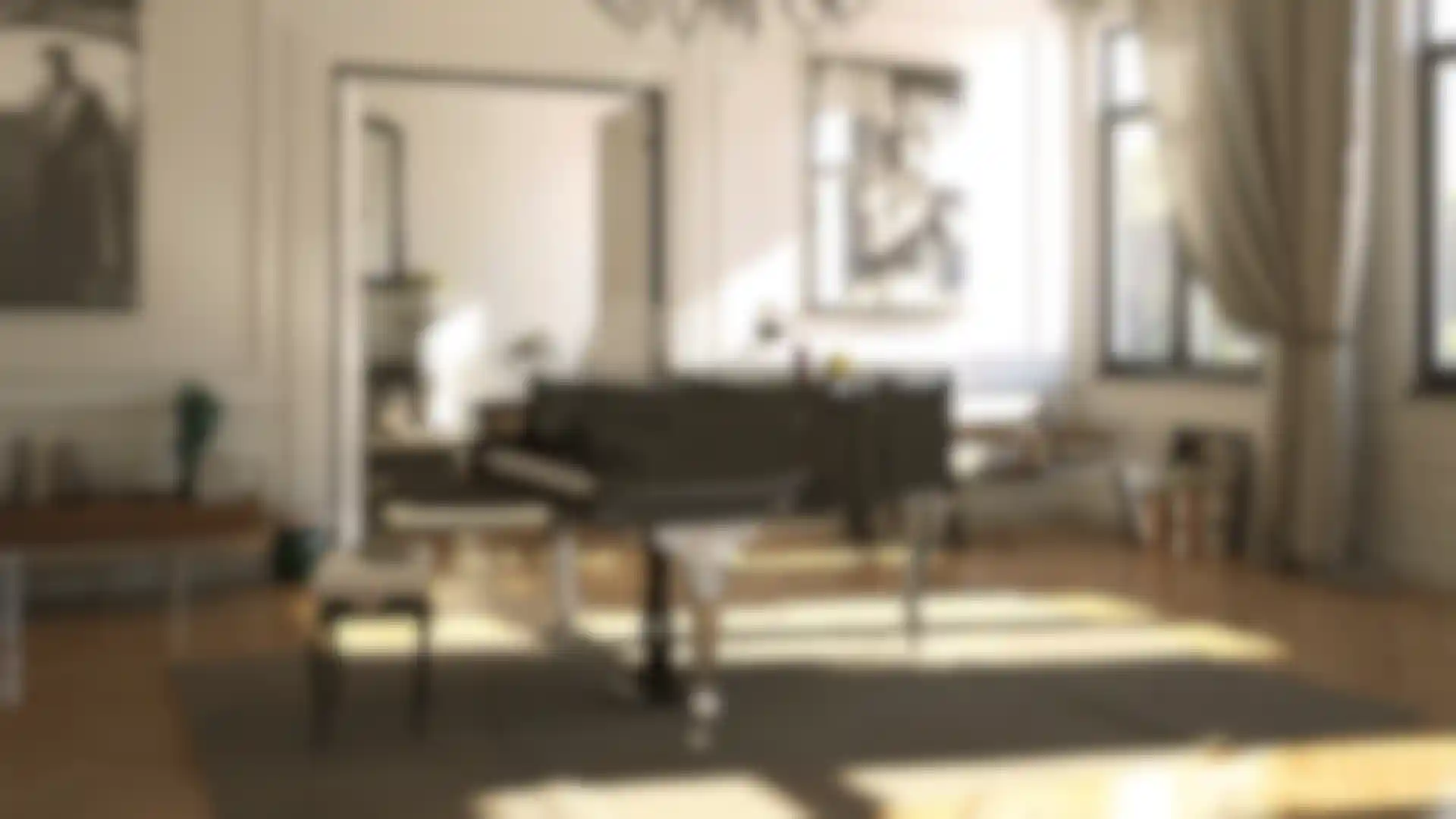Vectorworks Integration


Cinema 4D & Vectorworks
Vectorworks® Software exports directly into Cinema 4D via the Send to Cinema 4D command. Your Vectorworks file is instantly packaged and imported into Cinema 4D with all native geometry, layer and class structures as well as cameras, materials, HDRI backgrounds and 2D planar objects. This makes working within Cinema 4D simple and intuitive because all the elements of your Vectorworks files are organized just as you want. You’ll always know how to manage every part of your BIM model while incorporating the powerful features of Cinema 4D. From sophisticated, photorealistic animations and renderings to the architectural hand-drawn styles of the Sketch and Toon render engine, you’ll have the full range of presentation options available to impress clients and win accounts.
Speed up Render Times by utilizing the Power of your GPU
In addition to Cinema 4D’s CPU-based Physical Renderer, Vectorworks 2022 now also supports Redshift, Maxon’s powerful, GPU accelerated renderer. Users running Vectorworks on systems with a compatible GPU will benefit from drastic speed increases while enjoying Redshift’s uncompromised image quality. Redshift supports features like lighting, reflections, volumetric effects, camera effects and anti-aliasing, enabling you to speed up your workflow and bring your artistic vision to life. Thanks to faster previews of a scene, you’ll be able to check lighting and change parameters of your image even faster, enabling you iterate more quickly and focus on your creative work.
Render Fast, Realistically and in Real Environments
Cinema 4D’s CPU-based Physical Renderer is probably the most important supplement to Vectorworks. With it, photo-realistic images can be rendered that leave nothing to be desired. Its name says it all – this renderer produces a highly accurate emulation of physical optic characteristics. This robust and feature-rich render engine produces spectacular images, and thanks to Radiosity maps, interior spaces can also be rendered faster and with much higher image quality.
Many architectural projects must be shown in the actual surroundings in which they will be built. Cinema 4D’s camera matching system makes this easy to do. The position of virtual objects can be adapted to the angle of view, perspective and vanishing point of real-world photos. HDRI images can even be used to influence the scene’s lighting and rendered result – virtual and real-world objects will be rendered ultra-realistically side-by-side.
Even if the illumination is done without HDRI, Cinema 4D’s comprehensive toolset makes it easy to create the right mood: six different light types let any lighting situation or mood be created for great-looking rendering.
Materials and Layers
Objects need good-looking materials so they can look great when rendered. The right materials give surfaces the required realistic look. Cinema 4D’s material system is perfect for adding photo-realism to Vectorworks projects. Materials can be positioned much more accurately and procedural shaders can be used to create brick or wood surfaces. Tools are also available that can be used to place materials on specific regions of a given surface or to define where certain texture elements should appear. Another powerful tool is the Layer shader, which makes it possible to ‘stack’ materials like Photoshop layers and arrange them as desired. This offers endless possibilities for combining layers.
Cinema 4D also offers Normal and Displacement shaders. Vectorworks uses bump maps to simulate rough or uneven surfaces. Cinema 4D has Normal maps, which can be described as bump maps on steroids! When viewed from an angle, bump maps lose their bumpy effect but Normal maps can be viewed and rendered from any angle and the surface deformation remains convincing.
Normal maps only simulate surface deformation but Displacement maps go even further and deform the geometry without actually modifying it in the Viewport. The deformations are created by a special bump map in the Displacement map, which deforms the geometry when it’s rendered – no additional modeling is required!

Landscaping
Showing final architectural models in a real-world environment adds life to the structure, and landscaping adds realism. Cinema 4D offers a comprehensive library that includes objects such as plants, trees and people. For interior renderings, the library offers furnishings that add life and character to empty rooms. The wide range of outdoor plants and greenery make it possible to quickly and easily create and render a wide variety of landscaped environments.
The Cinema 4D object library can be found in the application’s Content Browser, which also contains other assets that can be dragged and dropped into any scene, whether it’s a landscape, interior space, street scene or cityscape – everywhere where plants, furnishings, people, vehicles, buildings or everyday objects and textures are needed. Lighting setups and virtual studio setups are also included and make it possible to quickly enhance an existing scene or assist in the creation of a new scene.
Improved Modeling
Another very useful supplement Cinema 4D has to offer is its extensive modeling toolset. It can be used to bend, twist or otherwise modify modeled elements. Cinema 4D has several tools that can be applied to Vectorworks objects to create free-form objects such as wavy roofs or façade elements.
The connectivity between Vectorworks and Cinema 4D opens a wealth of new possibilities for adding life to architectural objects, realistic rendering and more.